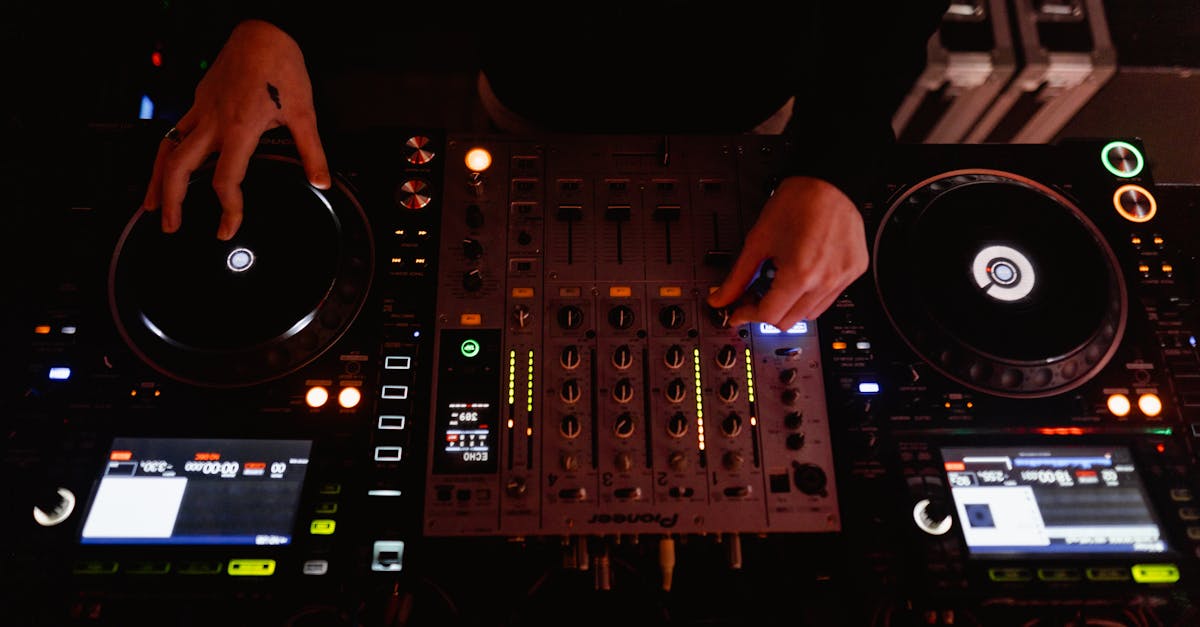Cultural Soundwaves Exploring Global Rhythms
Introduction
Music is a universal language, bridging cultural divides and connecting individuals across continents. It pulsates with the heartbeats of various communities, painting sonic landscapes that tell stories of heritage, struggle, and celebration. From the thundering drums of Africa to the harmonious sitar of India, global rhythms are diverse yet interconnected. These cultural soundwaves transport listeners to distant lands, allowing a peek into the soul of different societies. In this exploration, we unravel how these rhythms adapt and evolve, nimbly intertwining with global cultures, yet preserving their intrinsic roots. Let's embark on a journey to understand the transformative essence of global music.
Advertisement
A Brief History of Global Rhythms
Cultural rhythms have ancient origins, blossoming from rituals, ceremonies, and communal gatherings. African beats are among the oldest, with evidence of drum use dating back thousands of years. These rhythms have influenced various musical styles and evolved over time, giving rise to jazz, blues, and rock. Similarly, Asia boasts a rich musical tapestry, with distinct sounds like the Japanese koto or the Chinese guzheng, each telling stories of their civilizations' histories and philosophies. European classical tunes, originating in churches and noble courts, now underpin modern orchestras worldwide. From the Americas to Australia, each continent's unique soundwaves enrich human culture.
Advertisement
African Influence on Global Rhythms
Africa's rhythmic patterns have deeply impacted global music genres. The call-and-response style, deeply rooted in African music, permeates through gospel, blues, jazz, and even contemporary R&B. The syncopated beats and polyrhythms found in African drumming are foundational in Latin American salsa and samba. Furthermore, elements like the djembe or talking drum have found their way into Western music, adding layers of depth and authenticity. African rhythms are celebrated not only for their musical brilliance but also for their innate ability to capture emotions and communicate vital messages.
Advertisement
Asian Harmonies and Melodies
Asian music, with its diverse scales and instrumentations, presents a soundscape that's both foreign and mesmerizing. Instruments like the Indian tabla or the Chinese pipa offer a unique auditory experience, with melodic lines that are intricate, layered, and evocative. These sounds have influenced Western composers and musicians for centuries. For instance, the pentatonic scale, common in Chinese and Japanese music, is widely used in world music today. Asian rhythms provide a meditative quality, inviting listeners to explore themes of nature, spirituality, and inner peace.
Advertisement
The Fusion of Latin Rhythms
Latin music is synonymous with passion and vivacity, characterized by a myriad of rhythms ranging from mambo to merengue. Originating in countries like Cuba, Puerto Rico, and Mexico, it gained worldwide acclaim and inspired global music trends. Rhythms such as the Argentine tango embody both sensuality and cultural narratives, while Brazilian bossa nova brought a softer, jazz-influenced sound to the forefront. Artists worldwide, from the likes of Elvis to contemporary pop stars, have incorporated Latin beats into their compositions, creating a fusion that's both vibrant and exhilarating.
Advertisement
European Classics Meet Modern Beats
Europe's classical music has provided a foundational base for modern music innovation. The chords and harmonic progressions found in symphonies by composers like Mozart or Beethoven resonate in contemporary music genres from electronic dance music (EDM) to progressive rock. The traditional use of string, woodwind, and brass instruments has been reimagined in modern settings, blending seamlessly with electronic instruments to craft new soundscapes. The evolution of European music illustrates how traditions adapt, complementing rather than clashing with new innovations.
Advertisement
North America's Eclectic Soundscape
North America's musical landscape is among the most eclectic, drawing from a melting pot of global influences. The birthplace of jazz, rock, country, and hip-hop, the continent's musical expression is vast and diverse. African American communities have been key players in this evolution, influencing genres like blues and gospel, which in turn laid the groundwork for rock and hip-hop. Native American music, often overlooked, offers hauntingly beautiful chants and flutes that add to the rich tapestry of North American sound. Today, North American music resonates globally, embodying both historical and contemporary influences.
Advertisement
The Pacific Nations' Oceanic Tones
The Pacific Islands encompass an array of distinct musical traditions often influenced by nature. Hawaiian slack-key guitar introduces a soothing auditory blend, reflective of the islands’ tranquil surroundings. Polynesian dance tunes and Maori haka chants are integral to their respective cultural identities, resonating with communal pride. These musical traditions mirror the Pacific Ocean's vastness, weaving stories of exploration and resilience. In recent years, Pacific Island sounds have garnered global attention, with artists drawing inspiration from both traditional and contemporary styles, ensuring their continued relevance in the global music scene.
Advertisement
The Future of Cultural Soundwaves
As technology progresses, the fusion and dissemination of global music become more seamless. Music platforms and social media allow cross-cultural collaborations, fostering innovation and creativity. Virtual reality and artificial intelligence are poised to transform how we experience and create music, enabling more immersive and interactive musical expressions. Regardless of technological advancements, preserving the roots and stories behind these rhythms remains essential. By understanding and respecting cultural soundwaves, we can continue to celebrate the diversity and unity music brings to our global community.
Advertisement
Summary and Conclusion
Global rhythms possess an unparalleled power to connect, inspire, and educate us about the world's cultural landscape. As evident, the journeys of these soundwaves have transcended borders, enriching music across generations. While styles evolve and blend, the fundamental threads of tradition remain interwoven. As we navigate the world of global rhythms, honoring their origins and influences is crucial. Ultimately, music transcends language, offering a shared rhythm that unites humanity in celebration of our diverse yet interconnected identities.
Advertisement







